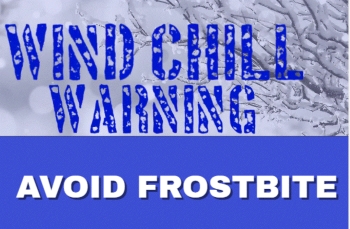Timing the Green Drake hatch is very much like timing the Whitetail Rut
By Oak Duke
The peak of the Green Drake emergence on the Genesee River is a subtle affair.
Happens every year spanning Memorial Day and into June.
The drawn out, staccato event holds out an annual promise: the largest trout in the river will be tempted to cast off those sulky ways that age and size have created, and for a brief time, feed again on insects as they did when they were fingerlings.
Timing the Green Drake hatch is very much like timing the Whitetail Rut.
We may know when the peak time of activity is supposed to happen but we have to be lucky to be at the right place and the right time.
The Green Drake is not the only drake on the river. There are Yellow, Slate, and Brown Drakes to name a few and they each have Latin names given by entomological taxonomists (bug scientists) that have kept their collective hands off this category of mayflies (Ephemeridae, the burrowers.)
But there is no drake like the Green Drake.
The Green Drake is a huge mayfly with females (larger white abdomens) measuring better than three inches, from elongated front legs to the tip of the tail. And a mouthful for even the largest riverine trout.
Standing mid-river in hip boots allows us a ringside seat and actually participate in the drama of the Green Drake emergence.
My fly-tying vise has been busy of late turning out trout hooks covered with thread, fur, and feathers, replicating the earlier variety of bugs on the water.
But tying a fly that will fool a lunker Brown trout that has seen it all is a higher challenge to a greater magnitude.
Many, if not most trout fly hooks would fit on a dime without hanging over the edge. Green Drake imitations require not only a much larger hook but also unique technical tweaks.
Midstream, the Genesee pushes constantly on leg-encased boots designed to maintain a quiet and steady hold on the slippery, algae covered river bottom.
As darkness approached, more and more mayfly spinners, in their final mating stage, slowly dropped from treetop elevation, to the river to jetison fertilized eggs, completing their biological imperative.
Finally, the rise and surface bulge of a big trout, evident from the “gulppff” sound focused my flicking fly line, back and forth, to drop the Green Drake spinner imitation up above the big fish so it would float down naturally and fool him into thinking it was indeed a Green Drake.

“Bang,” the line stiffened. Trout on! But it was not the big guy. I could tell instantly that it was a respectable trout of 14 inches or so, but not the one I was after.
I released the fat, heavy Brownie quietly back into the stream with as little commotion as possible, in hopes the big trout was not spooked by the battle.
When trout start gorging on mayflies, whether in the hatching stage or the final spinner fall in the evening, they often become much less cautious, especially when the shadows lengthen in the evening and darkness approaches.
After a few false casts and attempts, that big trout took my fly.
Not in a splashy way or a frantic way as smaller fish do, but almost methodically.
His big dark head and beak rose a couple inches above the flat surface of the river in the fading light, close, maybe 10 feet away, nearing the end of the fly’s drift.
But as soon as he felt the hook, even before my reflexes could set it, the big fish turned, bolting for the deepest part of the river.
I laughed out loud.
“A Ha!”
Nothing quite like the feeling of a good fish on. And this one was the best so far of the year!
Quietly smug.
My fly rod was bent over, throbbing in a hoop and I knew it was a good hook set.
The big trout acted like a big one, down on the bottom of the river and sulked like a log.
I made one step towards him and…
“Pingggg…”
Oh no.
Gone.
Line broke.
Weird.
Snapped my leader.
“Well, that leader tippet was 5x, basically five-pound test monofilament.
“Should’a held.
“Mono must be old or a weak spot…maybe a wind knot.”
Then I examined the end of the leader at the break-off point.
Couldn’t believe it.
Had to face the fact.
The end of the leader had a pigtail curl, like a corkscrew.
That meant one thing.
Well, a couple things.
The knot slipped and that’s on me because I tied the knot, specifically a Blood knot to join the leader sections together.
No factory issue, aged mono problem, nicked line.
The little pigtail curl on the end of the tippet might as well have been a red flag or flashing lights.
An inescapable empirical fact.
My knot had not been seated properly.
I have tied thousands…
And had just played, netted and released a decent trout a few moments before.
But big trout, those lunkers, if lucky enough to tie into one, will always point out our weakness and what needs work.
This one during the peak of the Green Drake hatch.

Oak Duke/Wellsville, NY/ June 2024
Facebook pages:
Whitetail Page: www.facebook.com/Oak.Duke.whitetail.page
Duke’s Honey: www.facebook.com/Dukes-Honey-513590015445371/







